How the U.S. Military has changed since the 1960s
Trending Now
If the Vietnam War happened today, it would look nothing like it did in the ’60s and ’70s. Not only has combat technology advanced, but also military regulations, personnel, budget, and overseas presence have changed dramatically.
If you didn’t know that women couldn’t enter all combat until 2016, or that soldier training regiments have altered to prevent injury, you’ll want to keep reading. Expand your knowledge of the U.S. Armed Forces by learning how the military has changed in the past fifty years alone.
Dumping The Draft
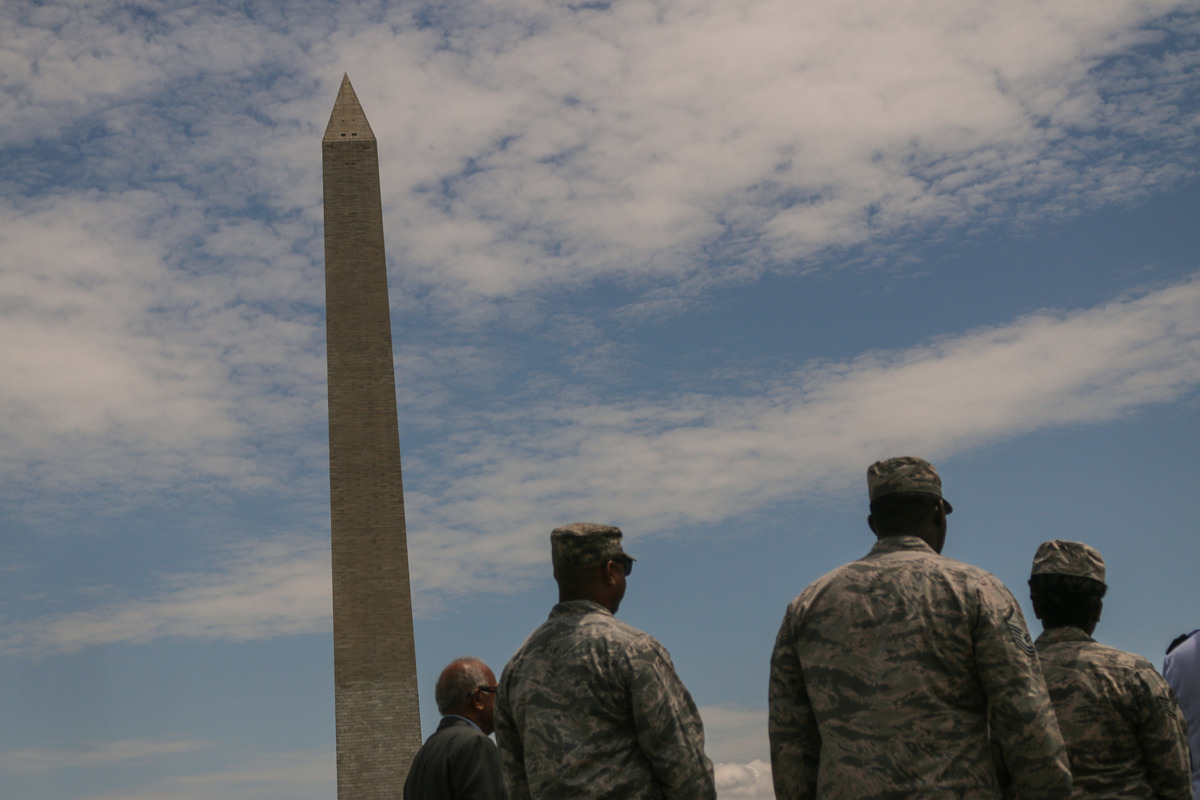
Conscription, otherwise known as the draft, continued in America through both World Wars, the Cold War, and the Vietnam War. Even before the Vietnam war, citizens protested the draft. Nonetheless, conscription recruited over two million men during that era.
In the late 1960s, President Nixon campaigned to end conscription. The law didn’t change until 1973, and during its decline in popularity, the military poured more money into advertising and attracting volunteers. Nowadays, the U.S. Army relies solely on volunteers, and the draft is a thing of the past.
Fewer People Are Eligible To Volunteer
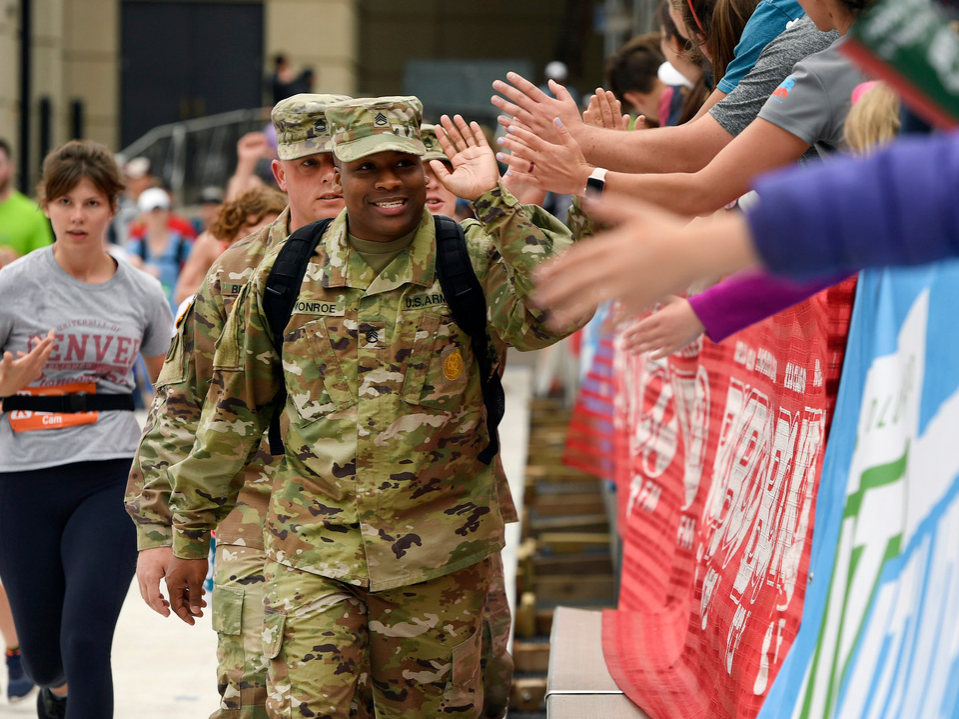
Major General Mike Davidson claims that 75% of men in the U.S. ages 18 to 22 are not eligible to join the Armed Forces today. Around 1979, volunteers from colleges and private sectors raised the competition for military recruitment. As a result, the Army’s requirements and pay grew.
In the 1960s and 1970s, every able-bodied man could be recruited. Nowadays, criminal records, obesity, and lack of education disqualify people from enlisting. Although the minimum age is 17, candidates need at least a high school certification, and they must score well on the Armed Forces Qualification Test.
Decrease In Military Spending
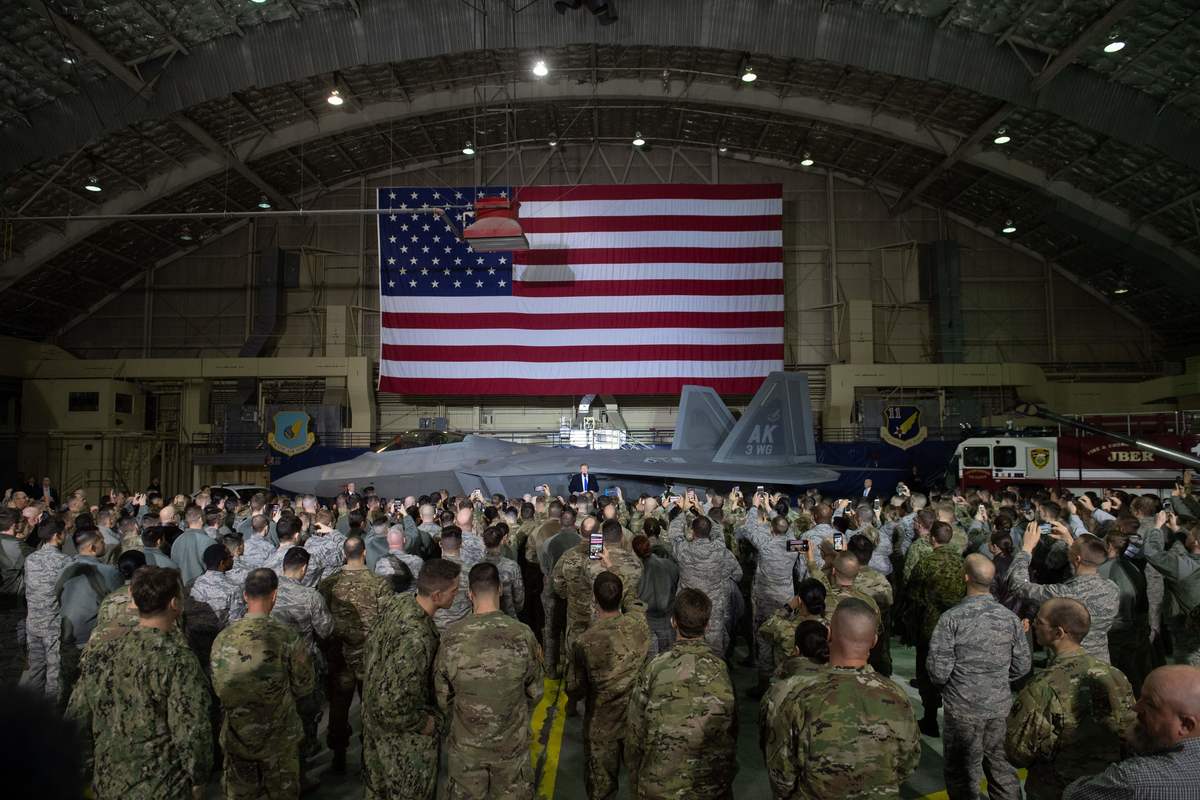
The U.S. spends more money on military expenditures than anywhere else in the world. Believe it or not, America’s military budget has drastically lowered over the past couple of decades based on inflation.
In 1968, the Department of Defense received $449.3 billion ($3.2 trillion today), roughly 20% of the national GDP. Fifty years later, the government only funded the military with 3.8% of the country’s GDP. Because of inflation, the number looks larger — $3.64 trillion as opposed to $449 billion — but considering the percentage of America’s GDP, the overall funding has decreased.
Women Can Now Be Deployed In Combat
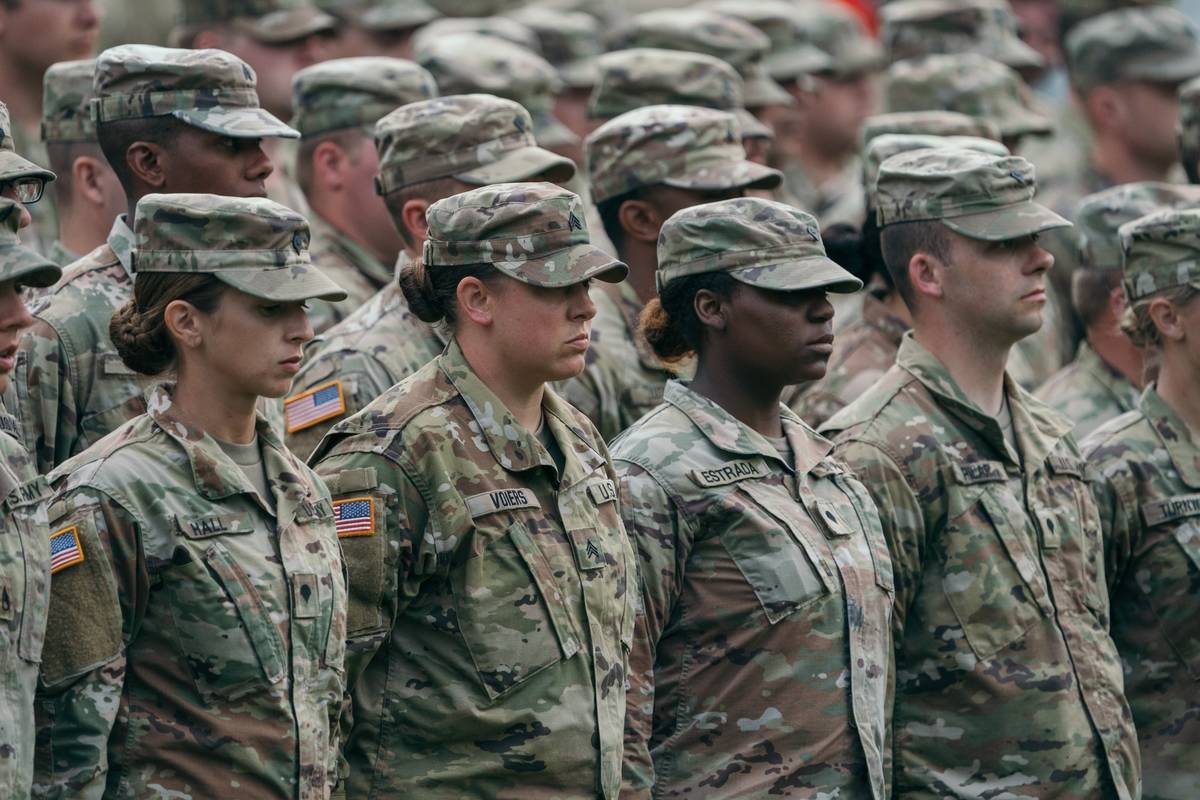
Some Americans may remember 11,000 women being deployed during the Vietnam War. This number is incredibly low because, until 2013, the U.S. enacted a policy that ruled “no women in units that are tasked with direct combat.” Women weren’t officially allowed in all combat jobs until 2016.
Throughout the years, women have been injured, killed, and awarded high honors. Over 40,000 women entered combat during Desert Storm, and over 10,000 combat action badges were awarded to female soldiers during this time.
Gay Soldiers Can Now Openly Serve
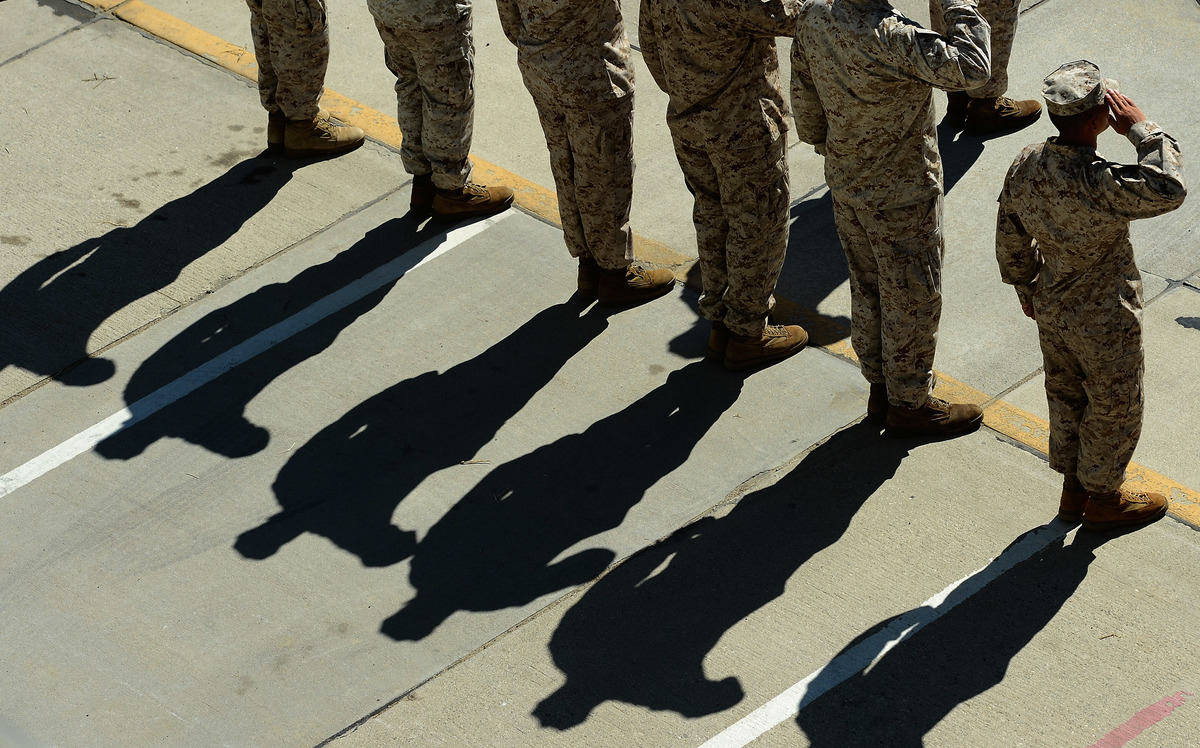
Until 1993, the U.S. Army excluded gay men, bisexuals, and women from enlisting. Eventually, Bill Clinton enacted the policy known as “Don’t ask, don’t tell,” which allowed gay soldiers to serve as long as they never revealed their preferences. This rule created a persistent struggle for the 65,000 serving gay and lesbian servicemen and women.
In 2010, President Barack Obama reversed this rule with the Don’t Ask, Don’t Tell Repeal Act, allowing LGBT+ troops to openly serve in the military. Obama said that the previous rule forced these soldiers to “lie about who they are.”
Soldier Training Has Become Less Abusive
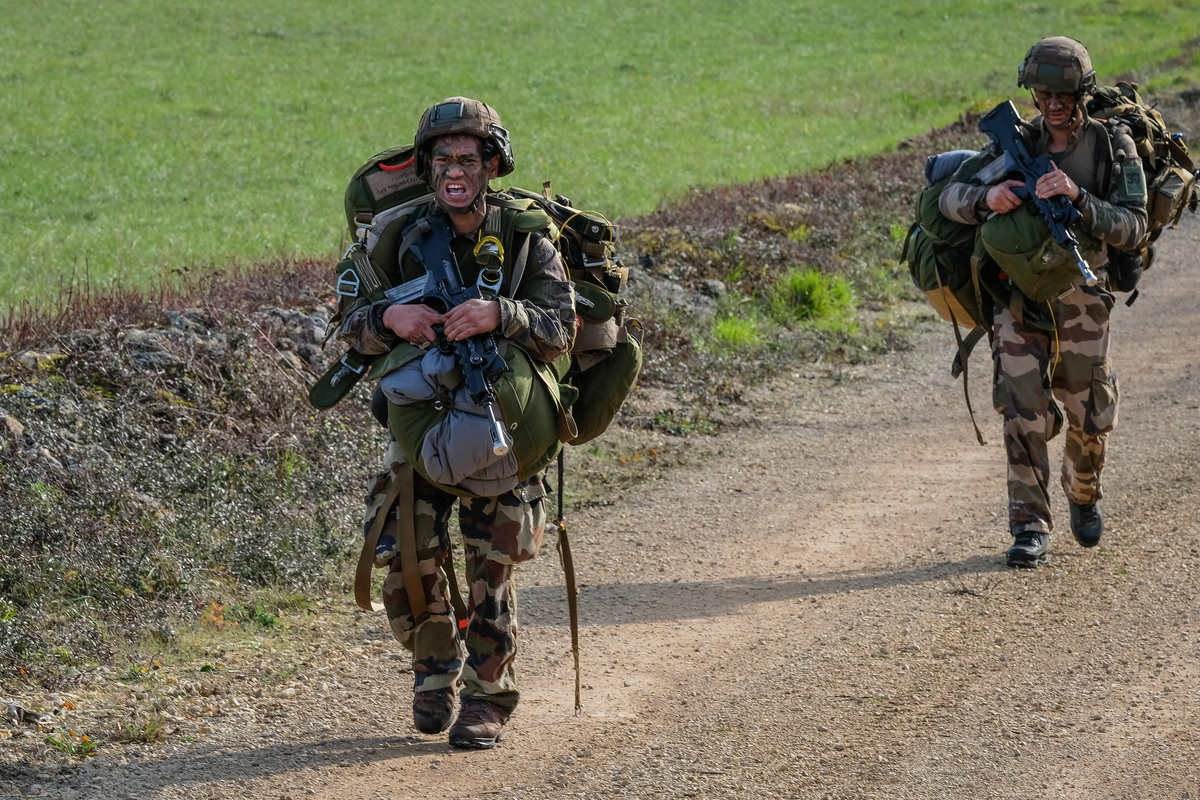
In previous decades, drill sergeants pushed recruits to their breaking points under the philosophy that more brutality produces stronger soldiers. Since 1980, the Physical Assessment Test has resulted in broken knees, ankles, backs, and necks. The Army finally changed this test in 2016, preventing better recovery, nutrition, and other measures to avoid injury.
This doesn’t mean that infantry training is easy. In 2019, the Army extended one-station unit training (OSUT) from 14 weeks to 22 weeks to increase “soldier readiness.” They also added more drills and fitness tests to their program.
The Number Of Overseas Troops Has Dropped
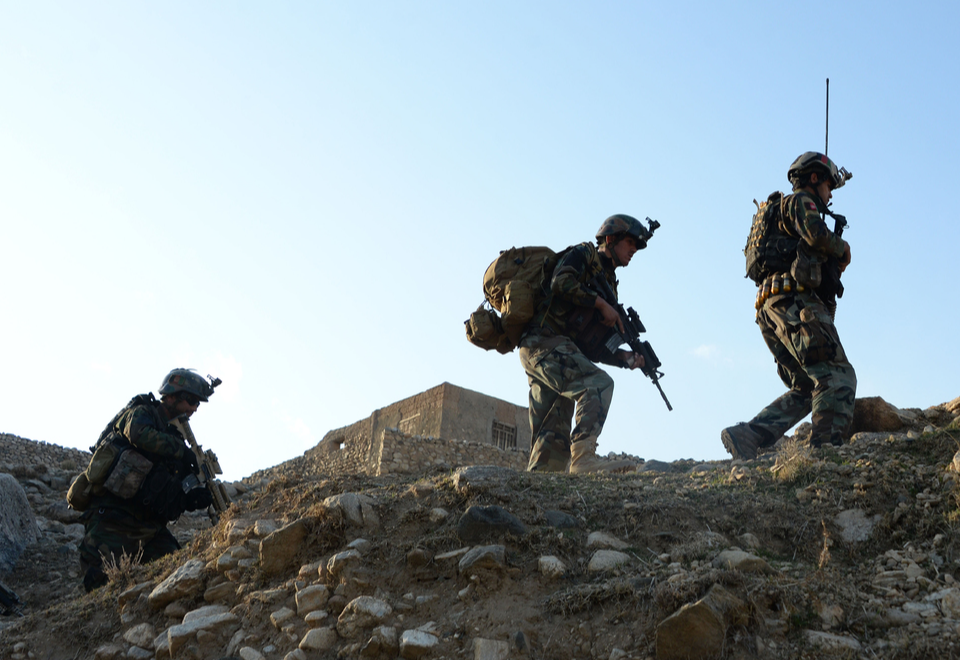
Although the White House doesn’t openly reveal the number of overseas troops, data from the DMDC suggests that the amount has decreased over the years. In 2016, the number of overseas soldiers fell below 200,000 for the first time in at least 60 years.
Of the three million active armymen in the U.S., around 193,400 traveled overseas (or 15%). In comparison, the U.S. stationed over 345,000 troops in 1965 in Germany and South Korea alone. The Vietnam Era spiked that number up to 45,000, around 36% of the active military force.
Soldiers Can Use Their Cell Phones
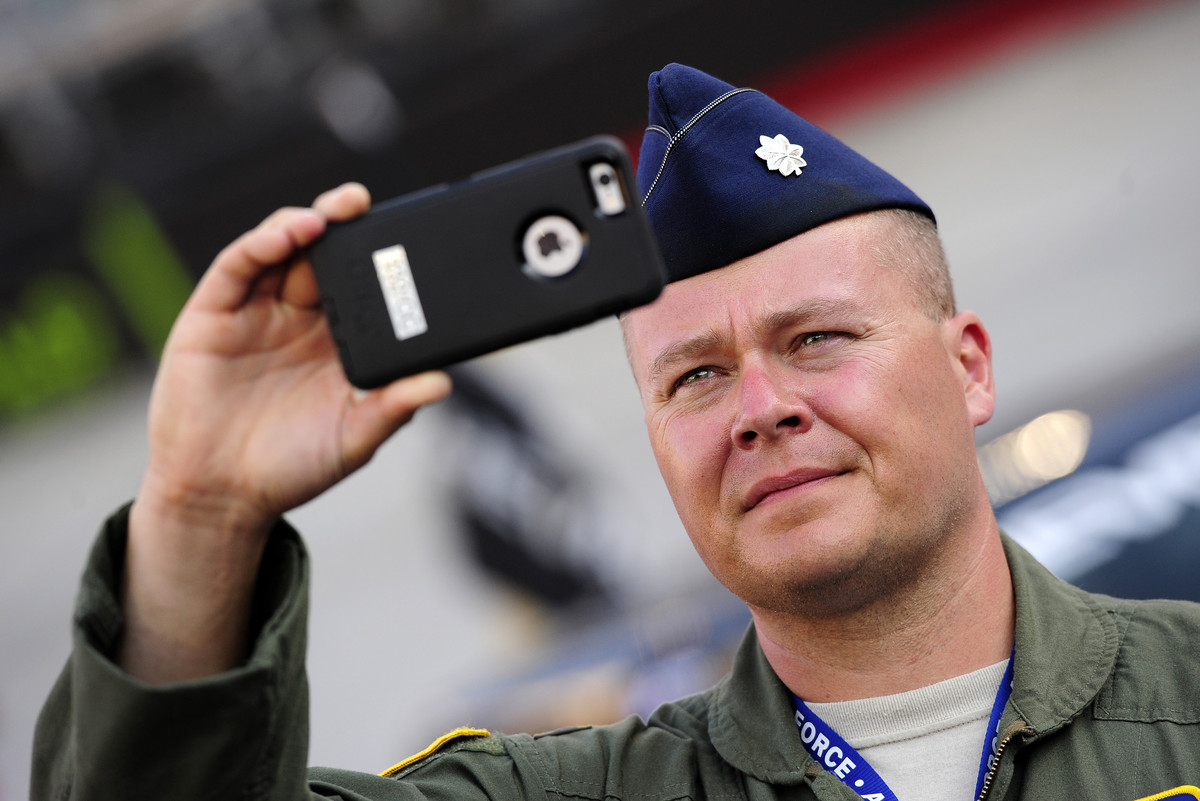
Military personnel have used wireless phones since World War I, but they used them only for trains and open communication. When personal cell phones populated the country in the 1990s, soldiers would have to leave them behind once they entered the unit. They would be allowed one phone to their family after they arrived, and one more halfway through graduation.
Today, soldiers are allowed to carry cell phones with them. Of course, their call and text freedoms come with some restrictions that vary by unit. Some service members limit Internet access and phone call lengths.
The Introduction Of Drones
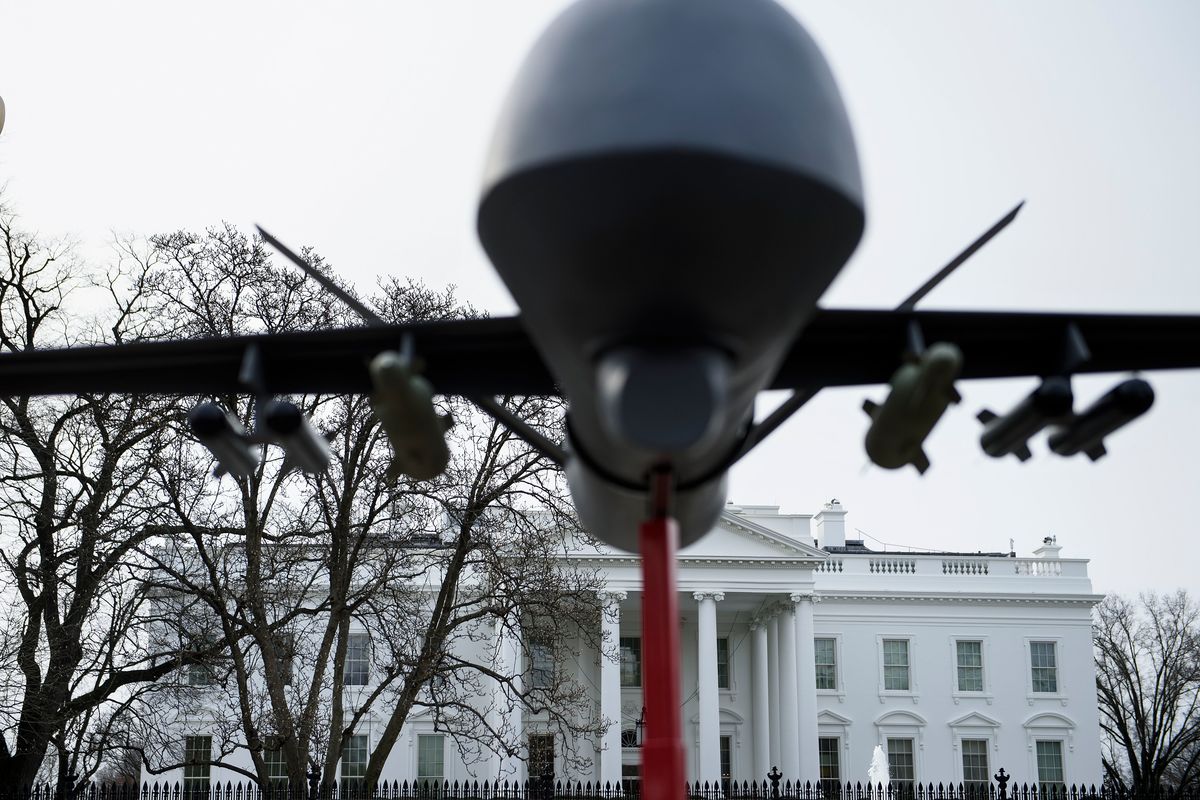
The use of drones, or unmanned air vehicles (UAVs) has skyrocketed in the past decade. The first drone was launched in 1917 by the inventor Nikola Tesla, but UAVs didn’t officially enter the U.S. Army until the early 2000s.
In their early military days, drones carried out surveillance and intelligence missions. Recent research has promoted these aircrafts to performing air strikes and electronic attacks. In 2012, the United States Air Force trained more UAV pilots than jet fighters for the first time in American history.
The Invention Of Navstar GPS
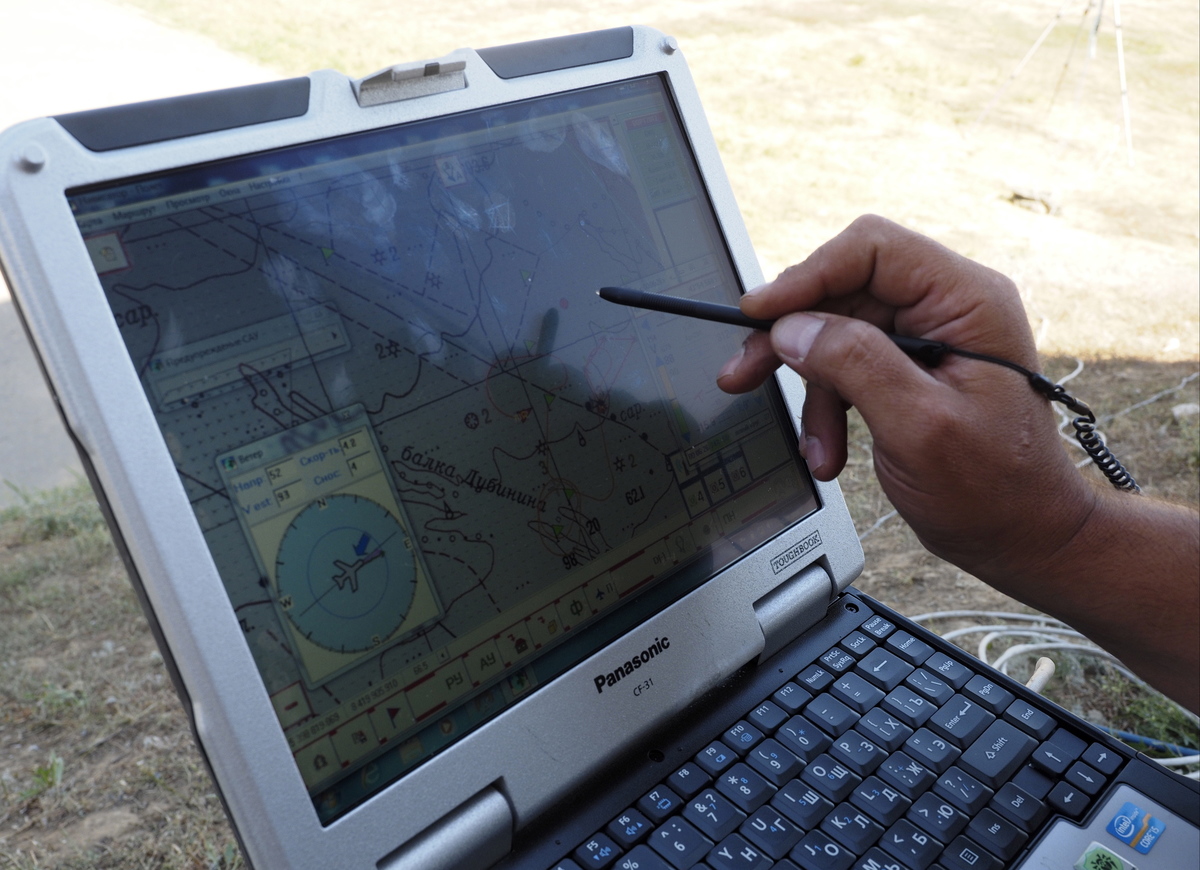
Between 1989 and 1994, the Department of Defense invented the Navstar GPS, which transformed the entire world into an instantly accessible map. The inventors launched 24 satellites that continuously emit radio waves, so anyone with a receiver can triangulate their position, even in the pitch dark or blinding storms.
GPS has made attacks, strikes, and rescuers more smooth and accurate. Although personnel have this new advantage, soldiers still need to train using paper maps, since the Navstar doesn’t function in remote areas like Afghani deserts.
The Army Is More Homogenized
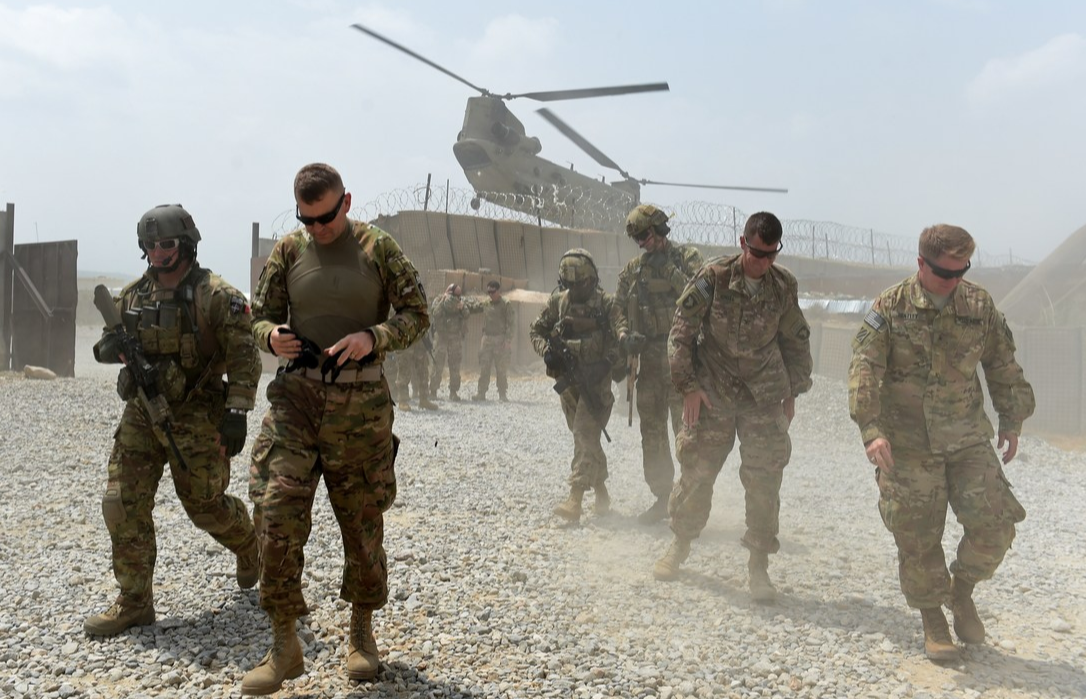
During the draft, the United States Armed Forces had more diversity. Not only did the number of soldiers drop from 2.2 million to 1.29 million after the draft disappeared, but the amount of representation dunked as well. According to the Council on Foreign Relations, most soldiers today are white, middle-class, and between the ages of 18 and 24.
In terms of ratio, Georgia supplies 50% military volunteers than any other state. The other top four include Texas, California, New York, and Florida, although this mainly has to do with those region’s large populations.
The Army Has Hired More Private Mercenaries
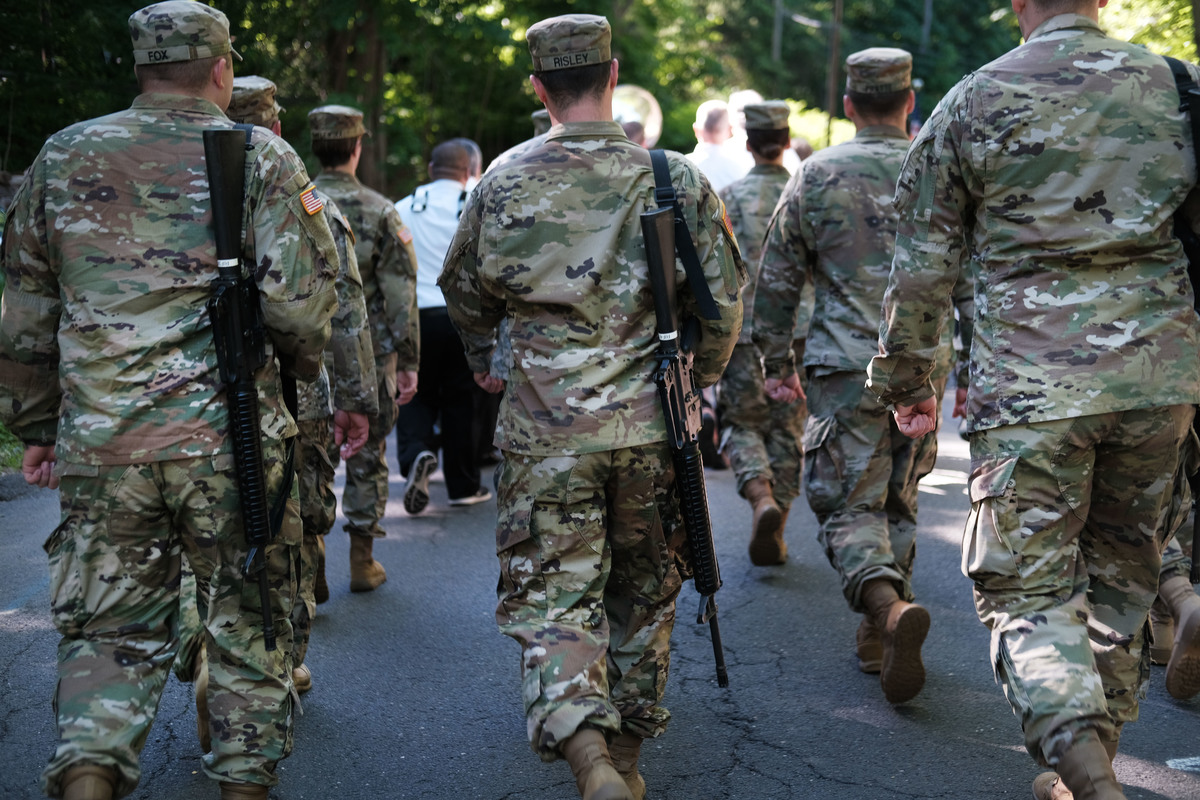
Private Military Companies (PMCs), or “armies for hire,” are private mercenaries who receive payment for their tasks. The Army hires more PMCs than anywhere else in the world, and its number of hires is only increasing. According to the Congressional Research Service, the Armed Forces contracted 10% of all their soldiers during World War II. By 2017, that percentage was elevated to 50%.
More PMCs results in more cost, usually higher than the 10% of all mandatory and discretionary government spending. Hiring private mercenaries comes with benefits such as reducing U.S. casualties and spreading out soldiers to multiple areas.
The National Guard Now Embraces Combat
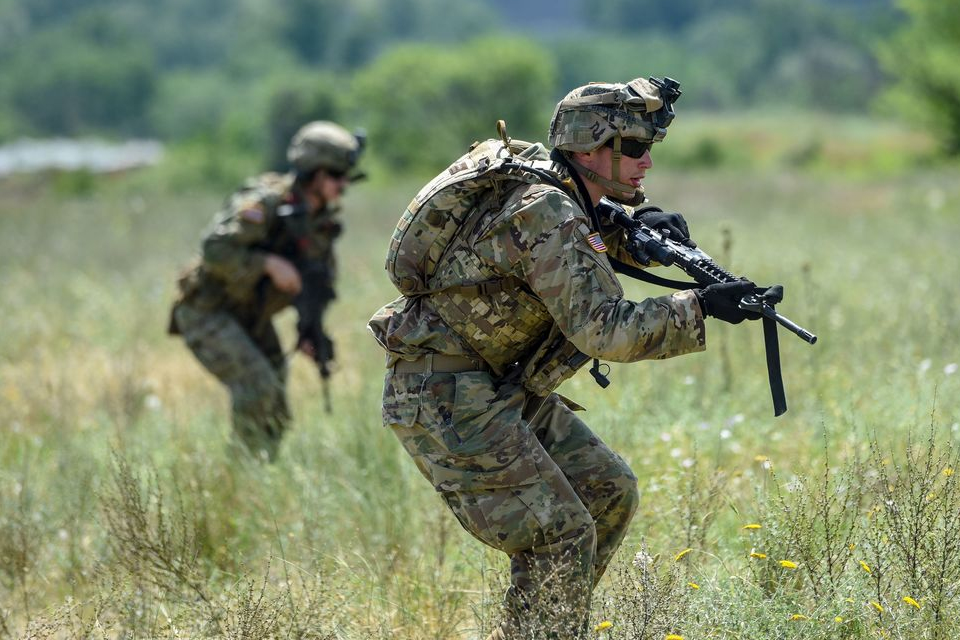
In the Vietnam Era, the National Guard performed very little. Soldiers aimed for the National Guard to dodge the draft and avoid the battlefield, since the units never saw action. Nowadays, the National Guard plays a critical role in the U.S. offensive military.
The National Guard is split into the Army National Guard and the Air National Guard. Recently, those troops made up much of the forces in Afghanistan and Iraq. Their duties ranged from combat to engineering to refueling various crafts.
The 75th Ranger Regiment
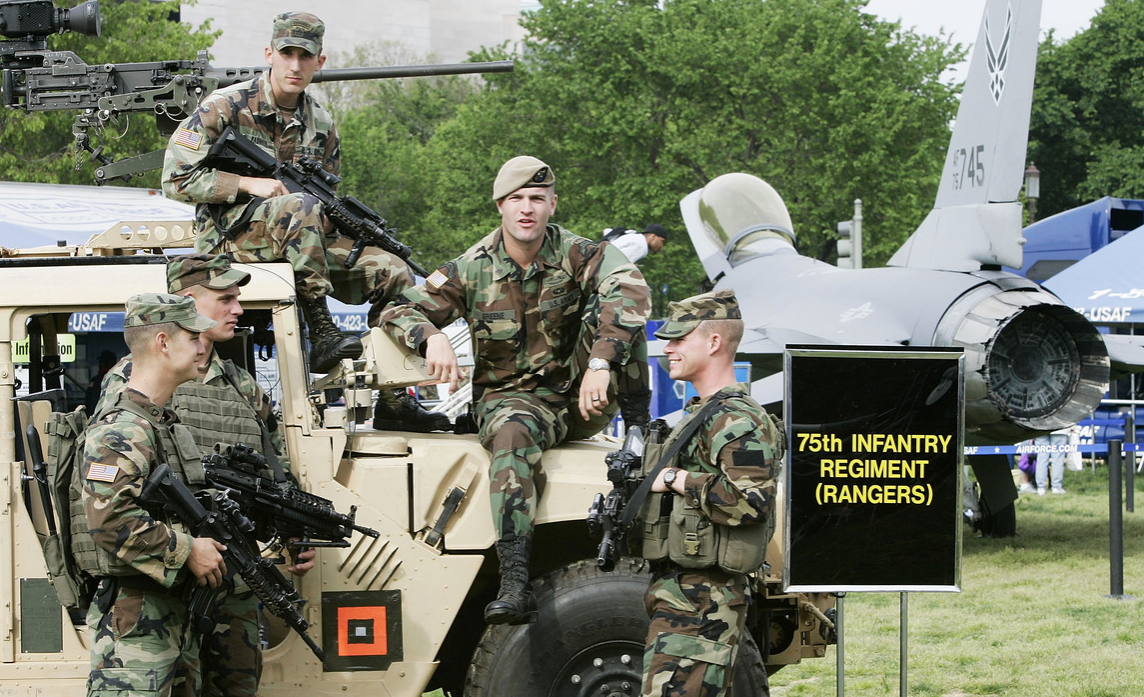
Also known as the Army Rangers, the 75th Ranger Regiment is an elite special operations force. The Rangers have existed since the Civil War, but the battalions disappeared until 1941 during World War II as the 475th Infantry. The modern Rangers unit developed during the Korean and Vietnam Wars.
To join this exclusive group, a person has to pass the Ranger Regiment’s Ranger Assessment, which includes a series of strenuous physical labor in harsh environments. In 2015, two soldiers became the first women to graduate from the Army Ranger’s School, 1st Lt. Shaye Haver and Capt. Kristen Griest.
The Special Forces Have More To Do
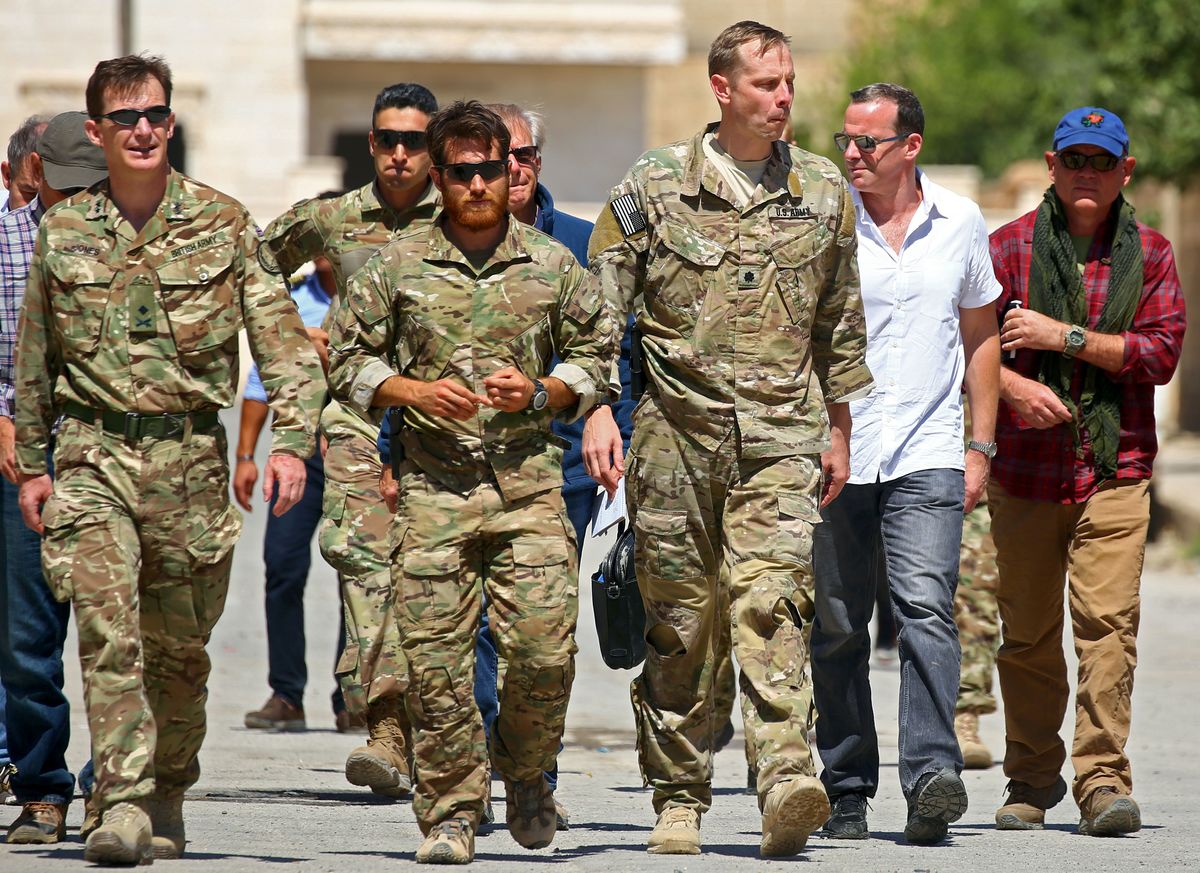
Ever since the September 11th terrorist attacks, the U.S. Army has deployed more special forces than ever. At the beginning of 2001, they sent out 2,900 commandos; by 2017, they assigned 8,300 throughout 145 countries, or 75% of the world’s nations.
The Nation reports that Special Operation forces have also increased their budget, speed of operations, and geographical outreach. In 2001, they received $3.1 billion in funding; by 2018, that number quadrupled to $12.3 billion. Special Forces also accounts for anywhere between 50% and 60% of overseas troops.
Rise Of The Defense Manpower Data Center
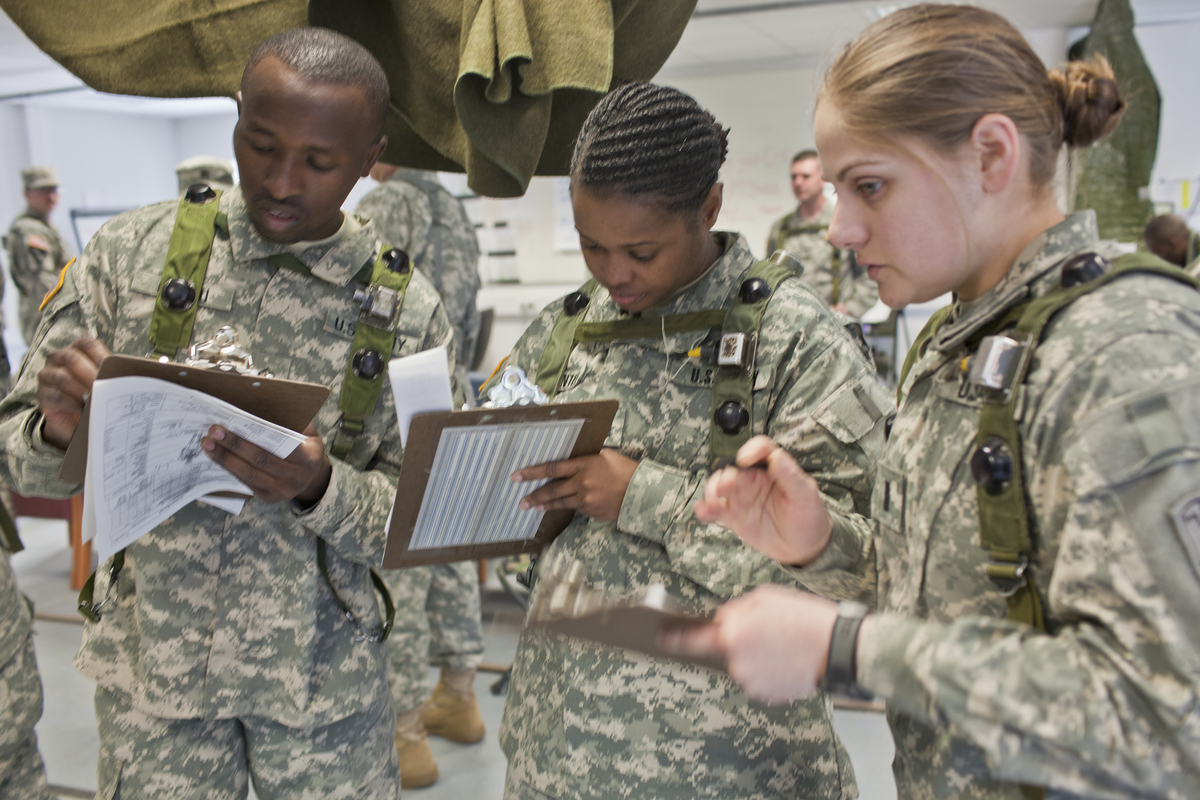
During the Vietnam War, a new military office appeared under the U.S. Department of Defense. The Defense Manpower Data Center, or DMDC, was established in 1974 to oversee funding, training requirements, and research on soldiers. Many of the current military studies come from the DMDC.
In addition to data collecting, the DMDC works on more efficient methods to allocate spending and supply for Veteran Services. Since its inception, the office has won several global awards and runs 230 current and historical websites, databases, and programs.
More Women Enlist Than Ever Before
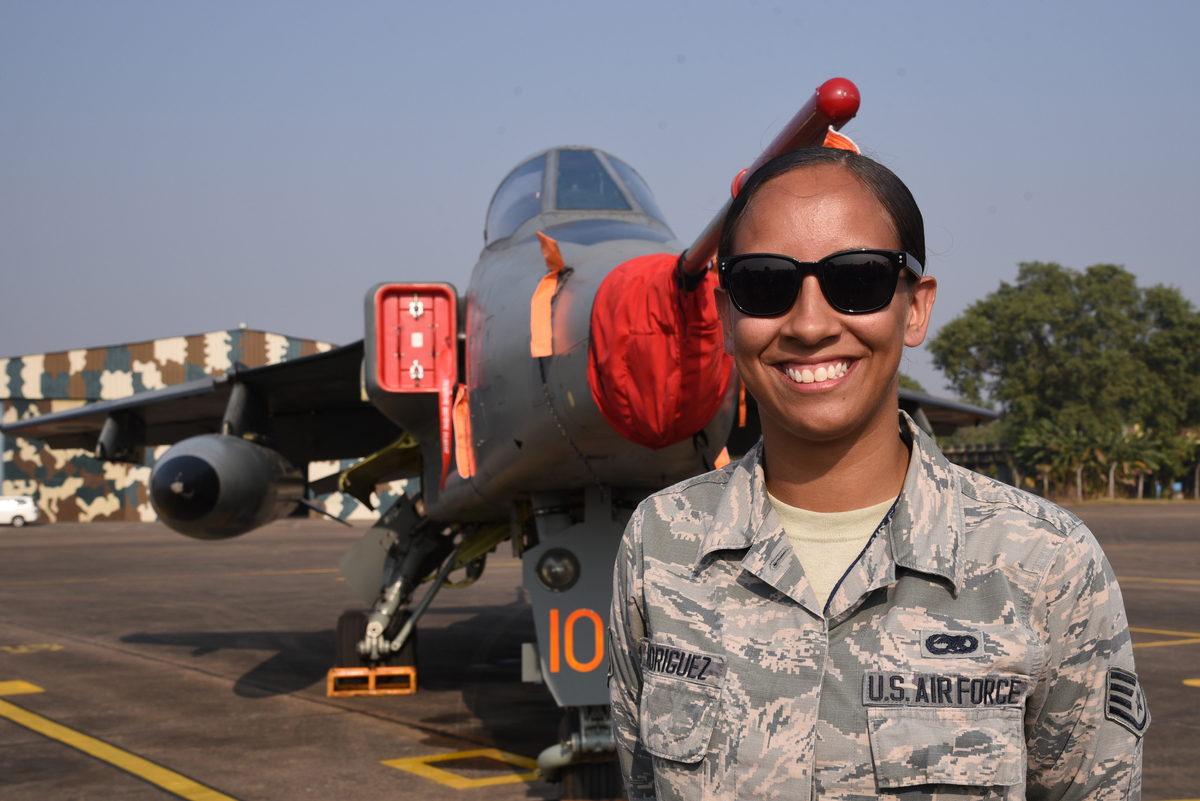
Although women have contributed to the field through nursing and providing, a woman never enlisted as a female until Loretta Walsh joined the Forces in 1917. In 1976, the first group of women officially enrolled in the military, but only 67% of positions allowed women until 1993.
Although women are still a minority U.S. Army, their numbers have substantially increased. In 1973, women only made up 2% of the enlisted forces. Today, women comprise 16% of troops and 18% of officer corps. Recently, in February 2019, Federal Judge Gray Miller ruled that an all-male draft is unconstitutional.
They Employed Active Defense
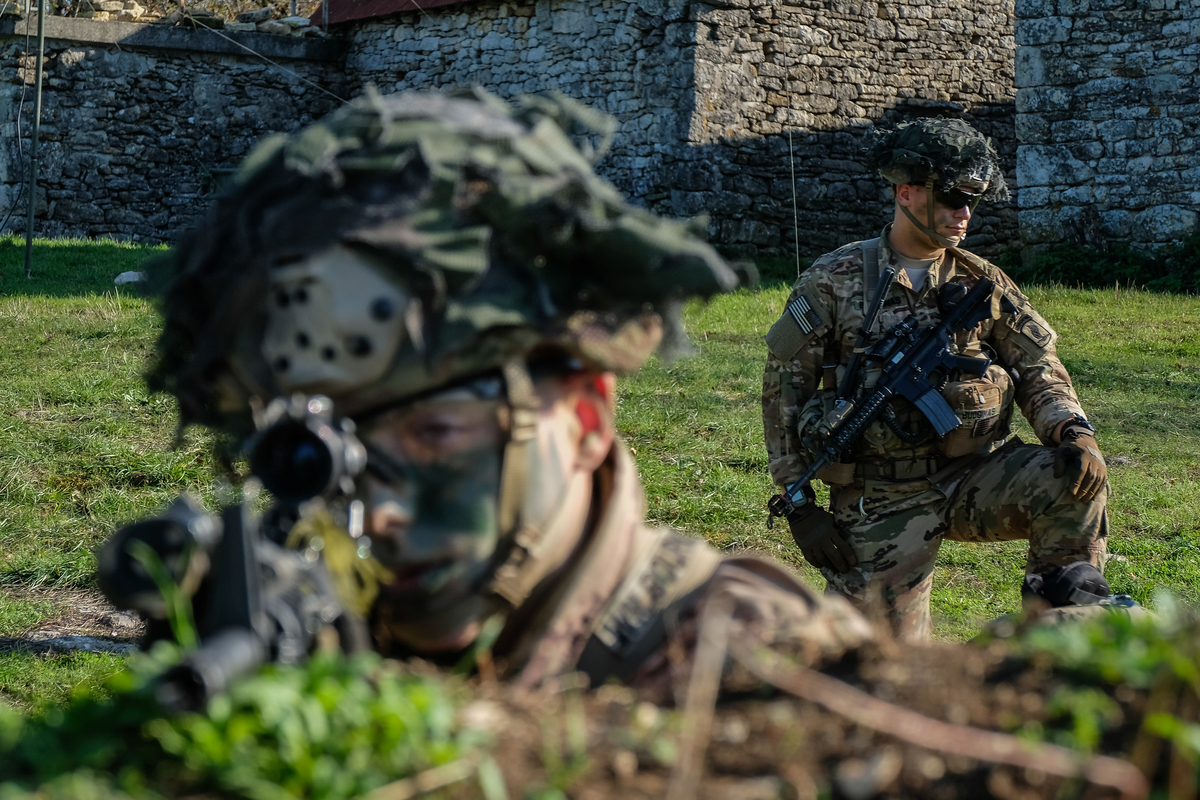
In 1976, the U.S. Armed Forces introduced a strategy that radically changed conflict. The Department of Defense employed “limited offensive action and counterattacks to deny a contested area or position to the enemy,” which they call “active defense.” In laymen terms, active defense allows the military to go on offense to prevent the enemy from holding or gaining ground.
Field Manual 100-5, which legalized the tactic, does not clarify whether active defense refers to physical or cyber-related actions. In the cyber world, active defense can re-encrypt or distribute data to make it harder to hack and destroy.




